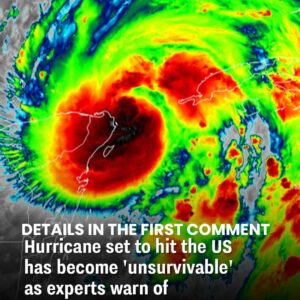No Danger, But a Big Opportunity for Science
Axial’s eruptions—like in 1998, 2011, and 2015—are not explosive but slow lava flows across the seafloor. “When Axial Seamount erupts, it’ll look a lot like a Hawaiian lava flow,” Poland explained.
Axial is also one of the world’s best-monitored underwater volcanoes. Teams from Oregon State University and the University of Washington are using advanced seafloor sensors to track every change. “That period lasts about an hour, and then the magma reaches the surface,” said Wilcock.
While not a threat, this eruption offers scientists valuable data to better predict future, more dangerous events—like the 2022 Hunga eruption in Tonga, which caused a $90 billion tsunami disaster. For researchers, Axial’s eruption could arrive at any moment—and they’re ready.


